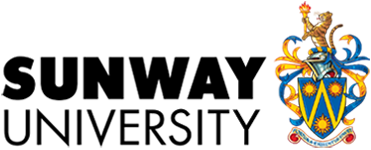The Research Centre for Human-Machine Collaboration (HUMAC) Wins Collaborative Grant Funded by the Government of Japan
A joint proposal stemming from a collaboration between Sunway’s Research Centre for Human-Machine Collaboration (HUMAC), Sarawak Forestry Corporation (SFC), AeroSense Inc. (Japan), Funlead Inc. (Japan) and University of Technology Sarawak (formerly known as University College of Technology Sarawak) was submitted and dedicated to the importance of the best local solutions for pressing environmental issues. Using Sensory Technology, Artificial Intelligent and imaging, the project will contribute to Planetary Health and Sustainable Development Goals 15 i.e. life on land.
This project designed to predict plant health mapping in the Mangrove/Nipah protected areas in Belawai, Sarawak, Malaysia has been funded by the Japanese Government amounting to USD 59,000. The technology will also be used to conduct artisanal-fishing mapping and create hotspots where such fishing is conducted at the community level.
The project team brings together interdisciplinary expertise from Sunway University with several top external collaborators. Led by Associate Professor Dr Yap Kian Meng (Head, HUMAC) together with Associate Professor Dr Lee Yun Li and Dr Steven Eu Kok Seng from the School of Engineering and Technology as well as Associate Professor Dr Lin Mei-Hua from the School of Medicine and Life Sciences. The project also involves Mr Koici Kishi, funlead Corp, Japan; Mr Satoru Shimada, Aerosense Inc, Japan; Ts. Gary Loh Chee Wyai, University of Technology Sarawak together with Dr Melvin Terry Gumal, Ms Voon Mufeng and Ms Connie GERI from Sarawak Forestry Corporation.
Predicting plant health mapping can be used to support sustainable fishing, thus helping the community to improve their income, especially through the effects of the COVID-19 pandemic. There is currently no mapping of such a database in Sarawak which means it is now more needed than before.
The first phase of the project is to pilot the use of 4K cameras and drone technologies to capture images of the mangrove/nipah trees, and artisanal fishing in the protected area. The second phase will involve the use of the captured images to characterize the unique signature of reflectance based on the pixels correlating with the trees on the ground. After that, the analysis to identify each of the characteristics will be carried out. This is done by either using pixel-based classification or object-based classification.
The prediction of plant health and artisanal-fishing mapping is aimed to provide real content and engage the local people to use ICT technologies (i.e. drones and image processing). This project is supported by the Sarawak Forestry Corporation (SFC) by setting up the protected area as well as being part of ground-truthing. On top of the expert exchange agenda between Malaysia and Japan, it is crucial to identify and support the limitations of the technology infrastructure which are currently available in Belawai, Sarawak.
This project will initiate a new sustainable environmental deployment database for the protected area for rural communities in Borneo. The database will be tried and tested at Belawai locations to check the actual plant health situation with the images after classification. This is to investigate the feasibility and adaptations of the database. The end product of this project is a database of a set of image characteristics to ascertain the health of mangroves/nipah and artisanal-fishing mapping.
Associate Professor Dr Yap Kian Meng
School of Engineering and Technology
Email: @email




